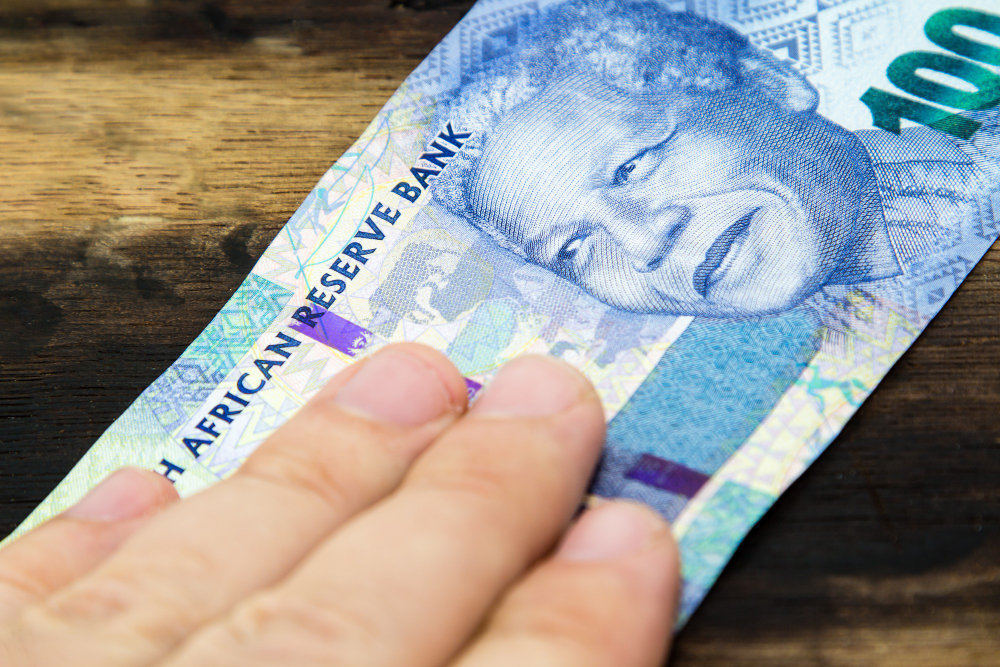How the Future of the Rand Impacts You
South Africa’s economy has faced complex challenges in recent years, and the South African rand (ZAR) is a direct reflection of these dynamics.
Understanding the future of the local currency is essential for planning finances, investments, and business decisions.

As we approach 2026, the outlook promises significant opportunities and risks for everyone who depends on the rand.
Why is the rand so volatile?
The rand is an emerging-market currency, meaning it is more susceptible to fluctuations compared to stronger currencies like the U.S. dollar or the euro.
Here are the main factors affecting the stability of the South African rand:
- Commodity prices: South Africa is a major exporter of gold, platinum, and other minerals. When international prices shift, it directly impacts the currency.
- Economic and fiscal policy: Government decisions such as fiscal adjustments, investment policies, and structural reforms can generate either confidence or uncertainty in the market.
- Global interest rates: Moves by the U.S. Federal Reserve or the European Central Bank influence capital inflows and outflows, impacting the rand.
- Political instability: Crises or political unrest can trigger investment flight and currency depreciation.
The more important thing is to understand the situation of the currency and always be prepared to act in hard times.
Impacts on consumers
The rand’s value directly affects the cost of living in South Africa. A weaker rand makes imported goods—such as electronics, cars, and fuel—more expensive.
Food prices also rise because import costs increase, and exports become more frequent as the external market becomes more attractive.
Imported technology and software can become significantly more expensive, affecting students, professionals, and businesses.
On the other hand, a stronger rand increases purchasing power and makes imported goods more affordable but can hurt South African exporters who rely on competitive pricing abroad.
Impacts on investors
A weak rand increases the local currency value of investments denominated in dollars or euros.
Companies that depend on imports may face higher costs, reducing profits and impacting stock prices.
As the country is a major producer of metals, funds linked to gold, platinum, and other commodities can benefit from rand depreciation, boosting returns in local currency.
Therefore, a sound financial strategy includes monitoring exchange rates and adjusting investment portfolios to mitigate currency risk.
Impacts on businesses and companies
South African businesses—especially those with international operations—are directly affected by the rand’s value. Common impacts include:
- Import costs: Companies relying on imported materials face higher expenses when the rand weakens.
- Export competitiveness: Exporters benefit from a weak rand, as their products become more competitive in international markets.
- Financial planning: Currency fluctuations require hedging strategies and cash flow management to maintain financial stability.
Possible scenarios for 2026
Economic experts point to several potential scenarios for the rand in 2026:
- Gradual appreciation: If inflation is controlled and economic growth remains sustainable, the rand could strengthen, benefiting consumers and importers.
- Continued volatility: Both internal and external factors could keep the rand unstable, requiring caution in high-value investments and purchases.
- Sharp depreciation: Political or economic crises could erode confidence, pressuring the rand and driving up inflation.
How to prepare for rand volatility
The main tip is to diversify investments, combining local and international assets to reduce the risk of significant losses.
Plan high-value purchases wisely—either delaying or advancing imported purchases depending on exchange rate expectations.
Stay informed about economic news, fiscal policy, interest rates, and global trends to make better decisions.
Use hedging instruments, as companies can utilize futures contracts or options to protect themselves from currency fluctuations.
Conclusion
The South African rand will likely remain volatile in 2026, reflecting the complexity of both local and global economies.
The key takeaway is that information and planning are the best tools to handle volatility.
The rand’s future represents both risks and opportunities.
Those who stay prepared and attentive to currency trends can turn volatility into an advantage, ensuring their financial decisions are more strategic and less reactive.




